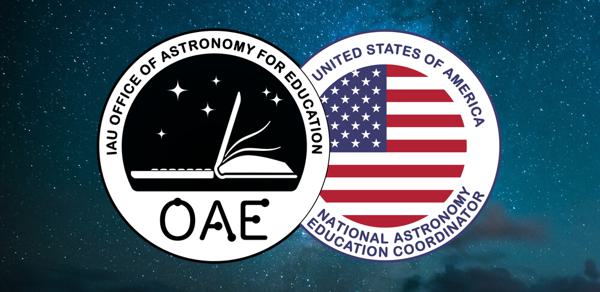Glossary term: 系外行星
Description: 系外行星,或太阳系外行星,是指位于太阳系之外的行星。关于系外行星存在的理论源于16世纪,就有了,而旨在寻找系外行星的观测研究开始于19世纪。第一批被证实存在的系外行星是在20世纪90年代发现的。其中,Dimidium是第一颗被证实围绕主序星运行的系外行星,它由法国东南部的上普罗旺斯天文台间接发现。这颗系外行星环绕着1995年被发现的黄色亚巨星飞马座51运行。在那之后,人们又发现了数千颗系外行星。
Related Terms:
See this term in other languages
Term and definition status: The original definition of this term in English have been approved by a research astronomer and a teacher The translation of this term and its definition is still awaiting approval
The OAE Multilingual Glossary is a project of the IAU Office of Astronomy for Education (OAE) in collaboration with the IAU Office of Astronomy Outreach (OAO). The terms and definitions were chosen, written and reviewed by a collective effort from the OAE, the OAE Centers and Nodes, the OAE National Astronomy Education Coordinators (NAECs) and other volunteers. You can find a full list of credits here. All glossary terms and their definitions are released under a Creative Commons CC BY-4.0 license and should be credited to "IAU OAE".
If you notice a factual or translation error in this glossary term or definition then please get in touch.
Related Media
老人增四b
Credit: ESO/A.-M. Lagrange et al. credit link
License: CC-BY-4.0 Creative Commons 署名 4.0 国际 (CC BY 4.0) icons
β Pictoris b的轨道
Credit: ESO/拉格朗日/SPHERE合作组织 credit link
License: CC-BY-4.0 Creative Commons 署名 4.0 国际 (CC BY 4.0) icons
Related Diagrams
Pictor Constellation Map
Credit: Adapted by the IAU Office of Astronomy for Education from the original by the IAU and Sky & Telescope
License: CC-BY-4.0 Creative Commons 署名 4.0 国际 (CC BY 4.0) icons
Related Activities
Can you find the exoplanet?
astroEDU educational activity (links to astroEDU website) Description: Find the exoplanet and determine its size using data from the Spitzer Space Telescope!
License: CC-BY-4.0 Creative Commons 署名 4.0 国际 (CC BY 4.0) icons
Age Ranges:
14-16
, 16-19
Education Level:
Secondary
Areas of Learning:
Guided-discovery learning
, Modelling
, Observation based
, Problem-solving
, Social Research
, Technology-based
Costs:
Free
Duration:
3 hours
Skills:
Analysing and interpreting data
, Asking questions
, Using mathematics and computational thinking
Measuring an exoplanet
astroEDU educational activity (links to astroEDU website) Description: Let's learn about exoplanets and how to measure their size!
License: CC-BY-4.0 Creative Commons 署名 4.0 国际 (CC BY 4.0) icons
Age Ranges:
12-14
, 14-16
Education Level:
Middle School
, Secondary
Areas of Learning:
Observation based
, Problem-solving
Costs:
Free
Duration:
2 hours
Group Size:
Group
Skills:
Analysing and interpreting data
, Developing and using models
, Using mathematics and computational thinking
Exoplanet in a box
astroEDU educational activity (links to astroEDU website) Description: Build a "transit simulator" in a box using some very simple material and your cell phone!
License: CC-BY-4.0 Creative Commons 署名 4.0 国际 (CC BY 4.0) icons
Age Ranges:
14-16
, 16-19
Education Level:
Secondary
, University
Areas of Learning:
Modelling
, Observation based
, Project-based learning
, Social Research
, Technology-based
Costs:
Low Cost
Duration:
3-6 hours
Group Size:
Group
Skills:
Analysing and interpreting data
, Asking questions
, Developing and using models
, Planning and carrying out investigations














